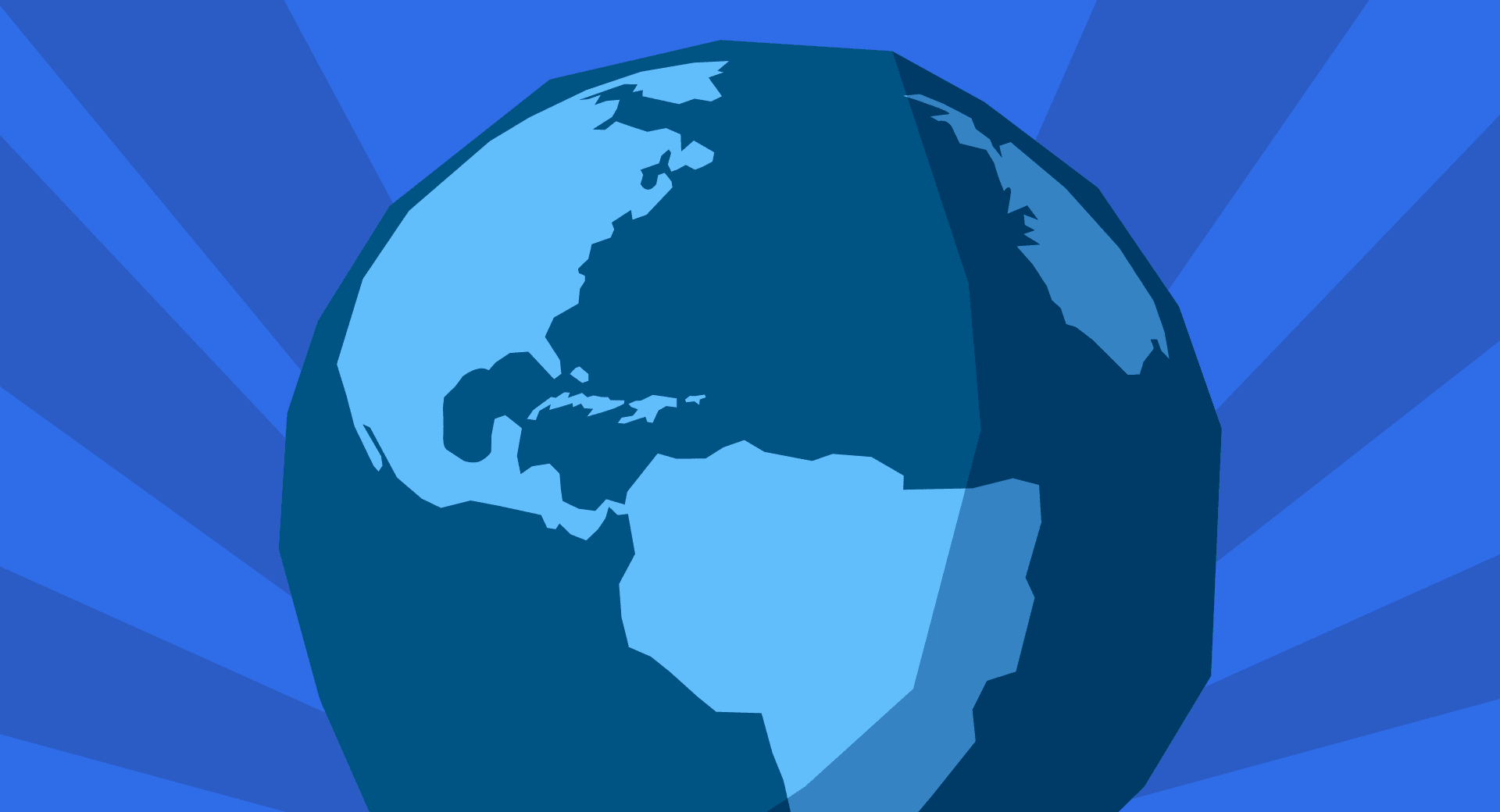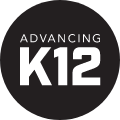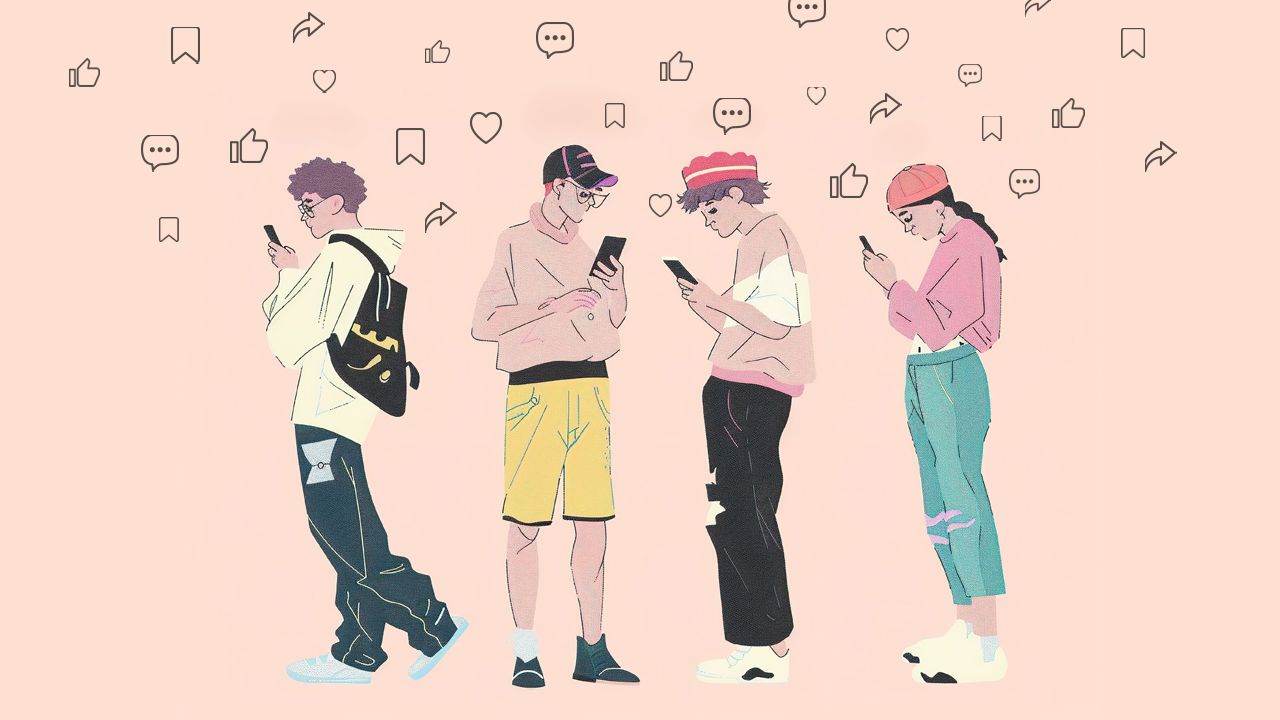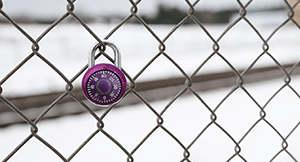
The traditions, the food, the clothing—a lot changes when you travel to different parts of the world. But one cultural difference that may go unnoticed is education. While education is a global concept, how it’s carried out looks drastically different from place to place.
That means there’s lot we can learn abroad and take home to our own districts. So stow your bags and fasten your seat belt. We’re taking a trip around the world!
China
China is a great first destination because it’s consistently at the top of education system rankings. But that rank is certainly hard-earned, and the work starts at a young age. While we English speakers may say something is “as easy as ABC,” literacy in Chinese requires students to memorize thousands of characters. For instance, by the end of Grade 2 (age 7 or 8), students are expected to be able to read 1,600 characters and write 800!School days typically last from 7:30 a.m. to 5:00 p.m.—and the hard work doesn’t stop when students go home. Chinese students spend three times the world average doing homework.
Take a look: Want a taste of the gaokao, China’s infamously hard university entrance exam? Draw a deep breath and test yourself on these 15 sample questions.
Take-home: China has certainly proven that the nose-to-the-grindstone style of education works. But the U.S.’s individualistic culture is starkly different than China’s collectivist culture. Would American students thrive—or even survive—in this kind of setting? We’re not so sure.
Finland
Like China’s, Finland's education system is one of the best in the world. But the two countries’ approaches to education couldn’t be more different. Finnish students start school at age seven. School days usually run from 9:00 a.m. to 2:00 p.m., and elementary students enjoy 75 minutes of recess each day. From the start to graduation, there is very little homework.In Finland, the gap between the strongest and weakest students is the smallest in the world. Usually this is credited to the fact that all students, regardless of ability, are taught in class together. In addition, Finnish teachers stay with the same class for several years, allowing them to form stronger relationships with students and better understand their learning styles.
To put it lightly, Finnish teachers are the best in the business; in fact, it’s more difficult to become a teacher in Finland than a lawyer or doctor!
Take a look: Students in Finland and Wisconsin are connecting to discuss global issues. Learn more about the pilot “Bridge the Pond” program.
Take-home: Sometimes—and particularly in Western culture—less is more. By granting students more freedom and alleviating academic pressure, students may feel more motivated to commit themselves to their studies.
Sub-Saharan Africa
We just talked a lot about renowned education systems, but the sad reality is that many kids don’t have access to quality education, or even education at all. In sub-Saharan Africa, over 32 million primary school-age children remain uneducated.Causes are various. In war-torn areas, some schools have been forced to close out of concern for children’s safety. Some kids need to work to support their families. Others have to walk hours each day to collect fresh water. And for some girls, to get an education is to risk being kidnapped on their way to and from school (or even from inside dormitories).
Take a look: Charities are working to bring all children access to education, and you can help! Check out the work of one charity, Malala Fund.
Take-home: Maslow’s Hierarchy of Needs is real. For students to be successful in school and in life, we need to make sure their fundamental needs are being met. And it’s not just about food, water, or physical safety; it’s about caring for students' psychological needs too.
Australia
In Australia, 7 million people live in rural or remote areas. This poses a big question: how to educate the children?In 1951, the country found its answer: School of the Air. This groundbreaking learning system used two-way radio communication to connect students to their teachers and peers. Students received their materials and turned in their schoolwork via mail or an air medical service.
Today, Schools of the Air have streamlined processes with the help of internet technologies, but the concept is very much the same. And to supplement remote learning, students travel to the hub school three to four times a year to spend a week with their teachers and classmates.
Take a look: At 521,000,000 square miles—or roughly twice the size of Texas—it’s safe to say Alice Springs School of the Air is the biggest school in the world! Learn more about how it operates.
Take-home: Australia made remote learning a norm long before it was cool. When it comes to creating the most effective educational experience for kids, think outside the box (or the square, as the Aussies would say). Often, that’s where the best answers are found.
Japan
In Japan, educators don’t just strive to form great minds but good citizens. In fact, the goal of Japan’s Education Ministry is to “cultivate students’ morality, including moral mentality, judgment, engagement, and attitude” in all educational activities.A prime example of this effort takes place at the end of each school day. Japanese students pull out brooms, vacuums, and cloths to clean their schools—from the classrooms to the bathrooms. Why? It teaches responsibility and cleanliness.
Beyond teaching good citizenship through school activities, moral education is actually a school subject! In this class, students learn skills like compassion, hard work, and persistence. The subject has been taught informally for many years, but it’s becoming more prominent, to the point of being viewed through the same core-subject lens as math or Japanese.
Take a look: For more on Japanese moral education and how American schools can learn from it, check out this article.
Take-home: Think beyond kids’ minds; think about their hearts too. Students spend much more time at school than at home, so what better place to teach—or show—them how to be good people?
The return trip
As you touch down again, stateside, remember: the American education system is merely one way of doing things. So if you ever find yourself in need of a spark of inspiration, look across the pond. There’s so much to be discovered.Other fun facts
Bangladesh: Bangladesh is very prone to flooding, so in order to avoid regular shutdowns, some schools have been built on boats!
Iceland: Icelandic children are taught knitting as part of their regular school curriculum.
Iran: Male and female students must be taught separately until they reach university. Even teachers need to be the same gender as their students.
Russia: School always starts on September 1, known as Knowledge Day—even if it falls on a weekend.
Netherlands: Dutch children start school the day after their fourth birthday, whenever that may be during the year. That means there’s always a new kid in class!
Follow-Up Resource: What K-12 Leaders Can Learn from Saturday Morning Cartoons
Saturday morning used to represent golden hours of freedom and indulgence for kids. What can you learn from the heyday of kid freedom? Find out!WHAT'S NEXT FOR YOUR EDTECH? The right combo of tools & support retains staff and serves students better. We'd love to help. Visit skyward.com/get-started to learn more.

|
Advancing K12 Staff Edtech Thought Leaders |




